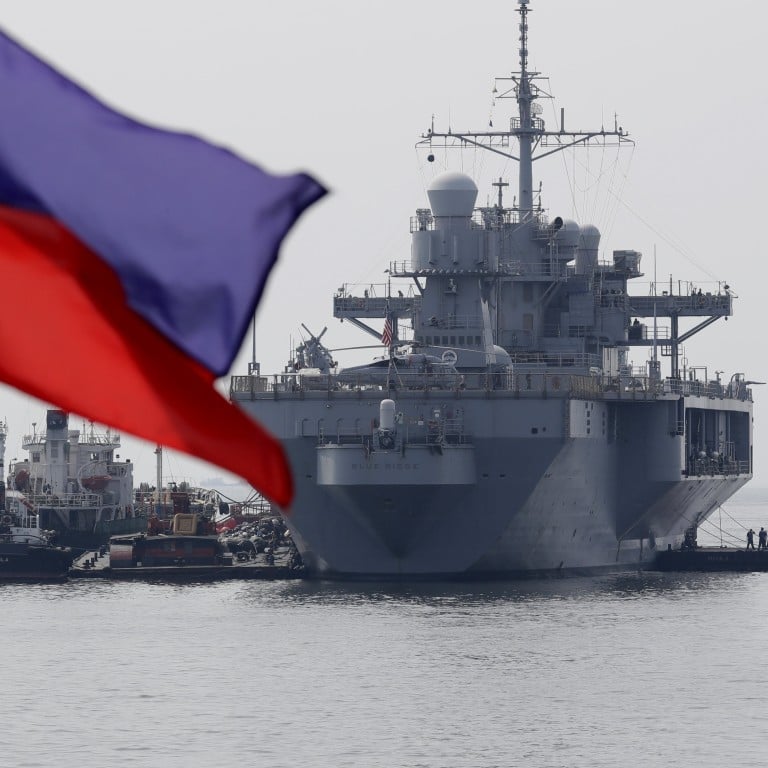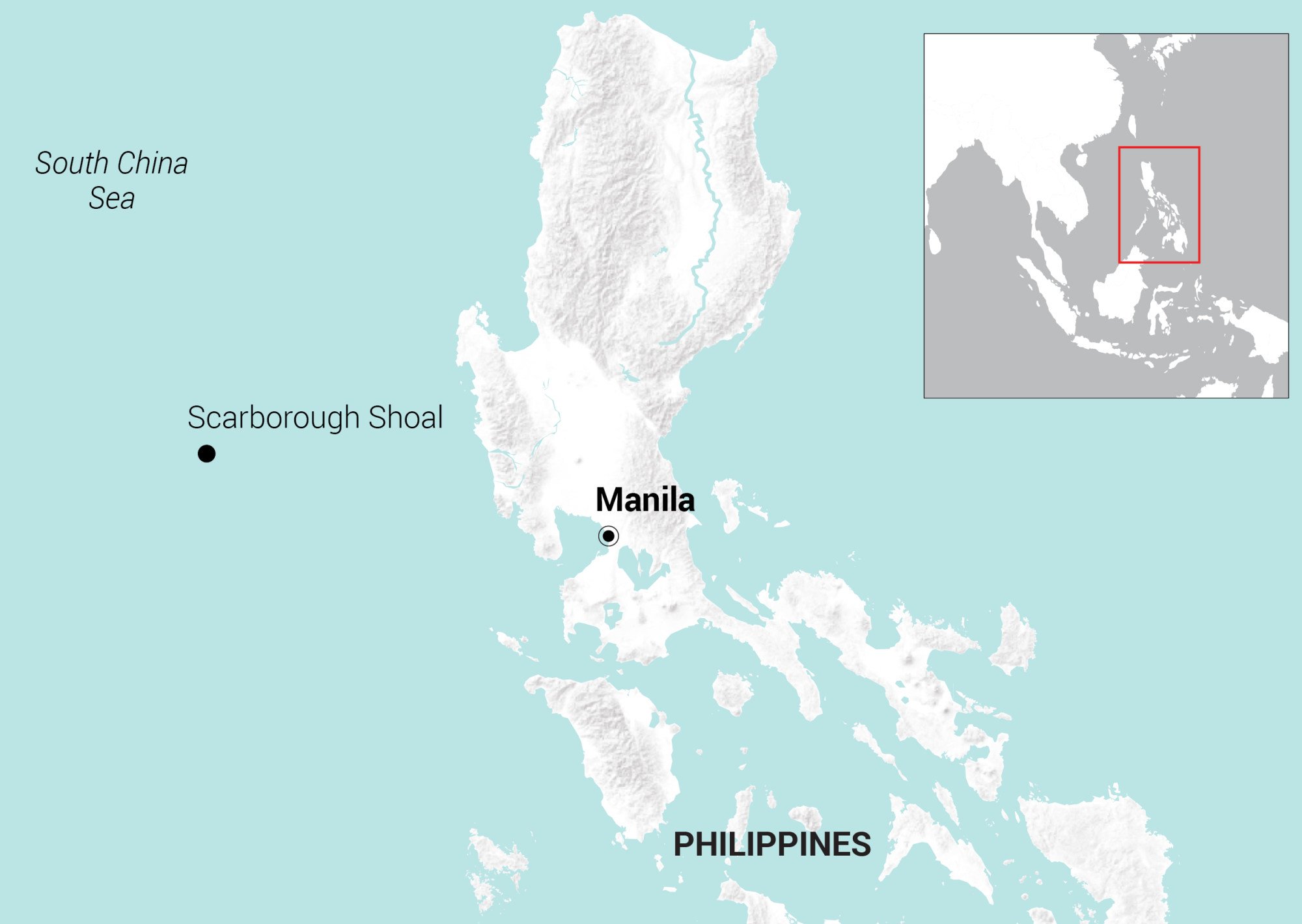
Is the Philippines doomed to be dragged into a US-China conflict over Taiwan?
- The Philippines’ geographical proximity make it an ideal staging ground for US forces taking part in a possible Taiwan operation
- But consenting to expanded US troop and arms presence may beset Manila’s relations with Beijing, its largest trade partner
Nine hours after Pearl Harbour was attacked, Japanese planes bombed and strafed US airfields in the country, signalling the start of an invasion. Despite being declared an open city – not to be bombed under international law – Manila was devastated, earning the nickname “Warsaw of the East”.
The battle to liberate the capital from Japanese forces was among the worst urban fighting campaigns in the Pacific theatre.

As a former colony transitioning to independence, the country had little say on US bases in the Philippines back then. But even after securing independence, a 1951 Mutual Defence Treaty and subsequent military pacts continue to tether Manila to Washington.
The Philippines took part in numerous American-led wars over the decades, from Korea to Vietnam, as well as the Persian Gulf and Iraq wars. Hence, concern about getting entangled in a potential conflict between the US and its rivals has long bedevilled the country.
In the 37th US-Philippines Balikatan military exercises that concluded on April 8 this year, four Patriot missile batteries were inserted for the first time. Four HIMARS rocket launchers, which first featured in the annual joint drills in 2016, were also present.
Marcos urged to stick to South China Sea ruling amid US-China ‘sweet spot’
That gave rise to speculation of possible dress rehearsals for eventual future deployment in the country. The April exercises were among the largest conducted in recent years, with 9,000 troops from both sides taking part, along with an Australian contingent. Exercise areas included Cagayan province in northern Luzon facing Taiwan and Palawan facing the South China Sea, unmistakably sending a message to Beijing.
Of the six exclusion areas set up, two overlap with the exclusive economic zones of US allies Japan and the Philippines.
Some Chinese ballistic missiles also landed in Japan’s exclusive economic zone, leading to diplomatic protests from Tokyo. China’s move may be seen as a choreographed ploy to warn its neighbours against involvement in the hotspot.

In recent years, Beijing, with its new-found wherewithal, has come down hard on attempts to undermine its security or core interests. After a failed US attempt to end a stand-off over the Scarborough Shoal in 2012, China took control of the disputed territory, denied access to Filipino fishing boats and curbed tourism to and banana imports from the Philippines.
When Manila took its neighbour to arbitration the year after, China began building massive artificial islands in the South China Sea while the case was under way.
Beijing also disavowed the legal status of Taiwan’s offshore islands, repudiated the median line that long served as an informal cross-strait boundary and normalised patrols in waters and airspace around the self-ruled island.
Indeed, junior allies and partners disproportionately take the brunt of Chinese retaliatory actions against the US. The Philippines forms part of the so-called First Island Chain that runs from the Kurils and Japanese archipelago in the north to the Ryukyus and Taiwan to as far south as Borneo.
So, the future for this Southeast Asian island chain is now contingent on what potential chain of events occurs, and the agency of actors within the chain of command.
Lucio Blanco Pitlo III is a research fellow at the Asia-Pacific Pathways to Progress Foundation


